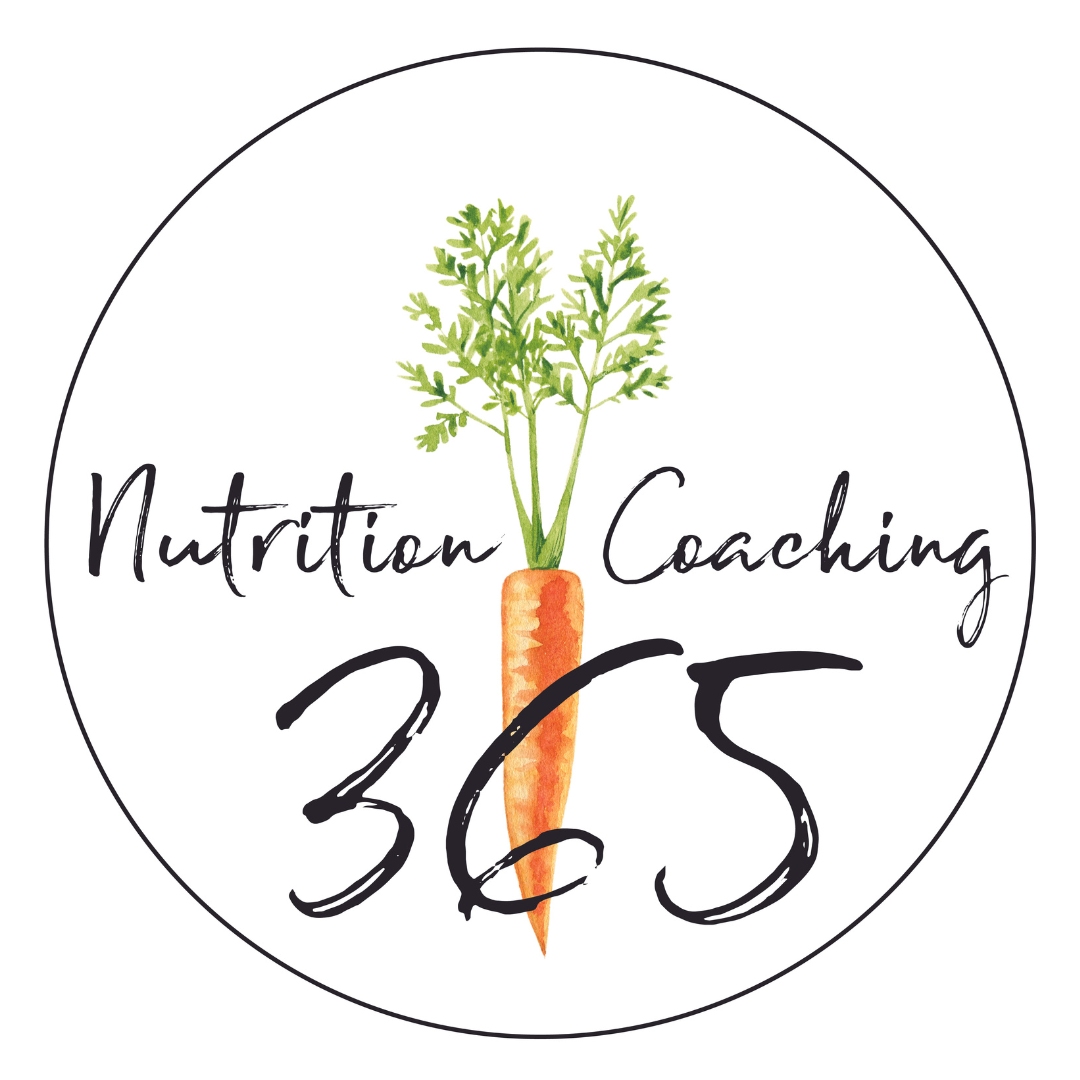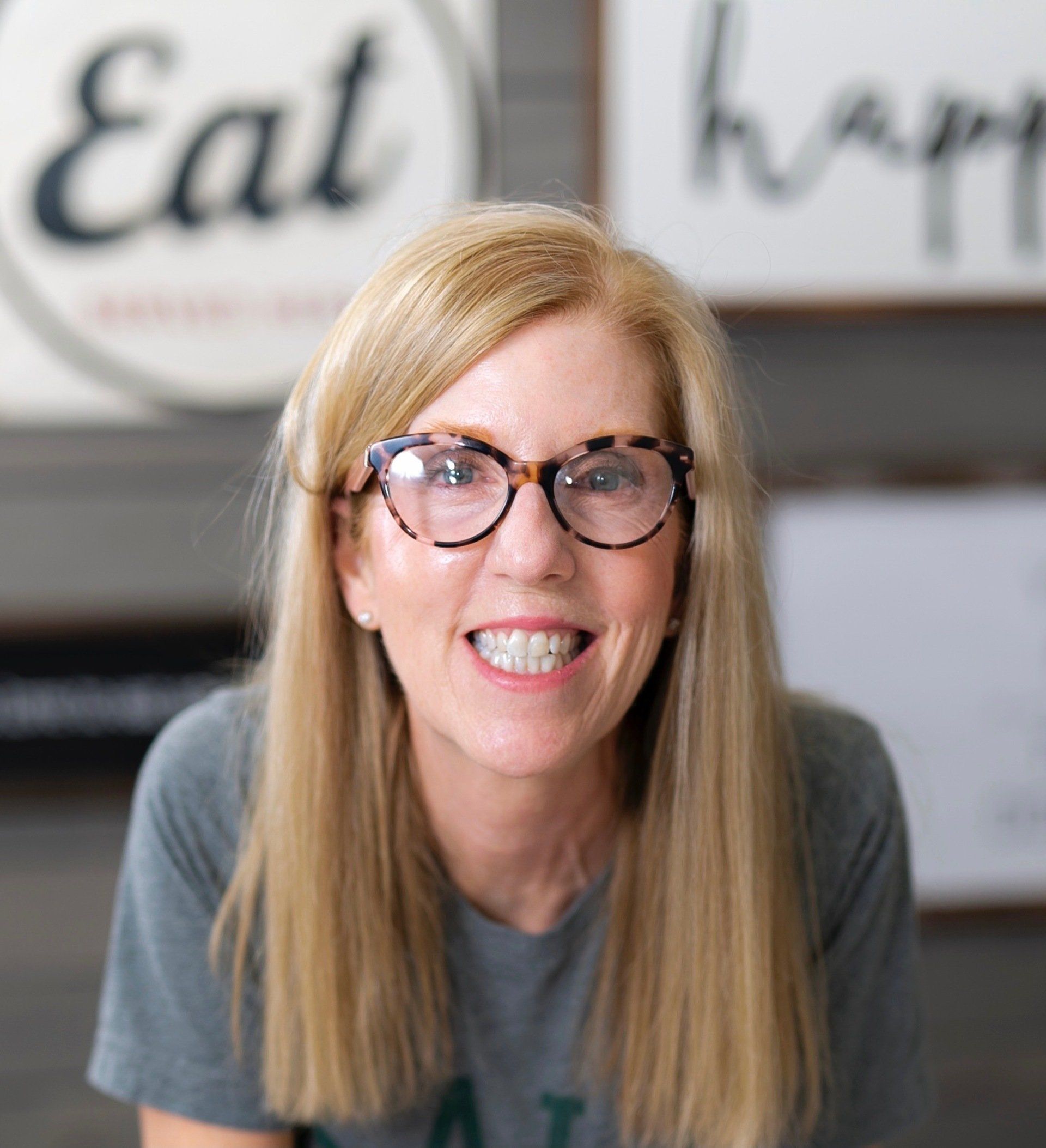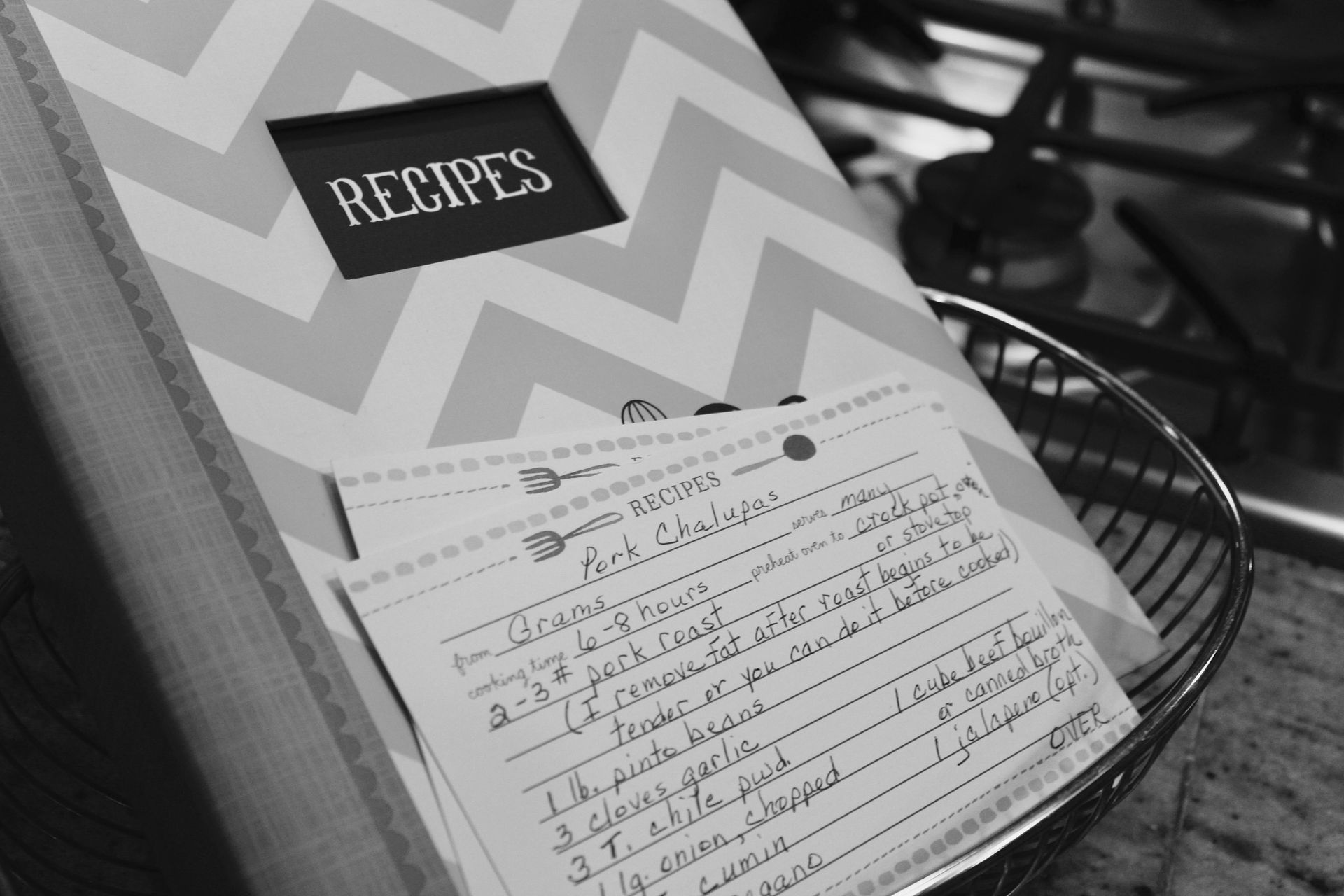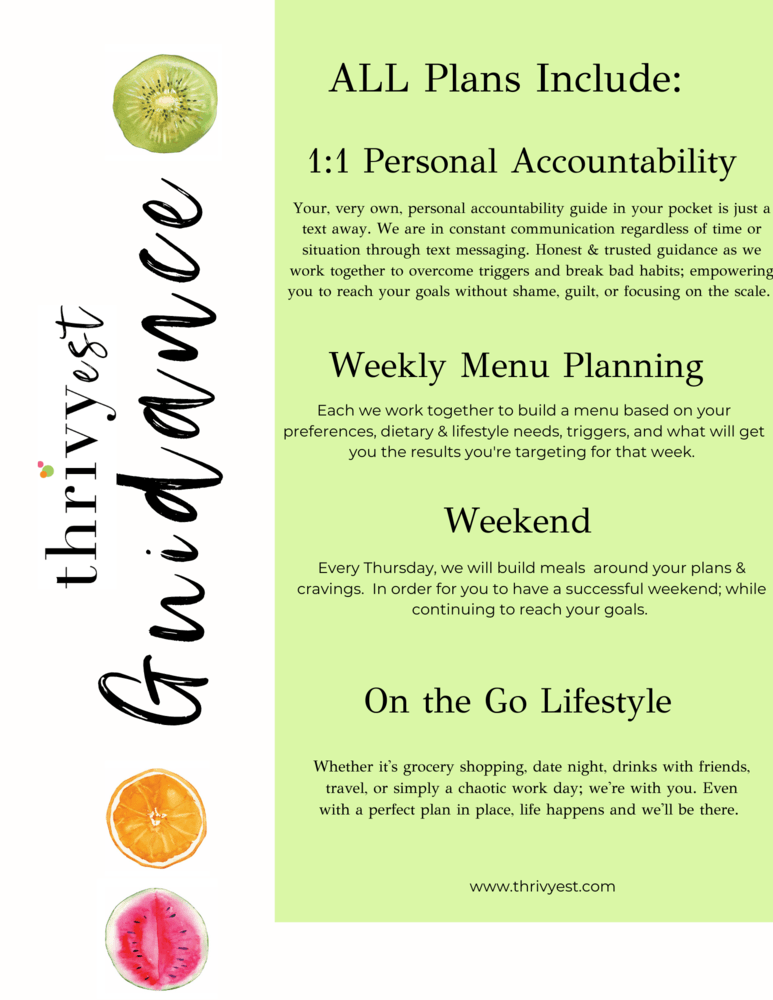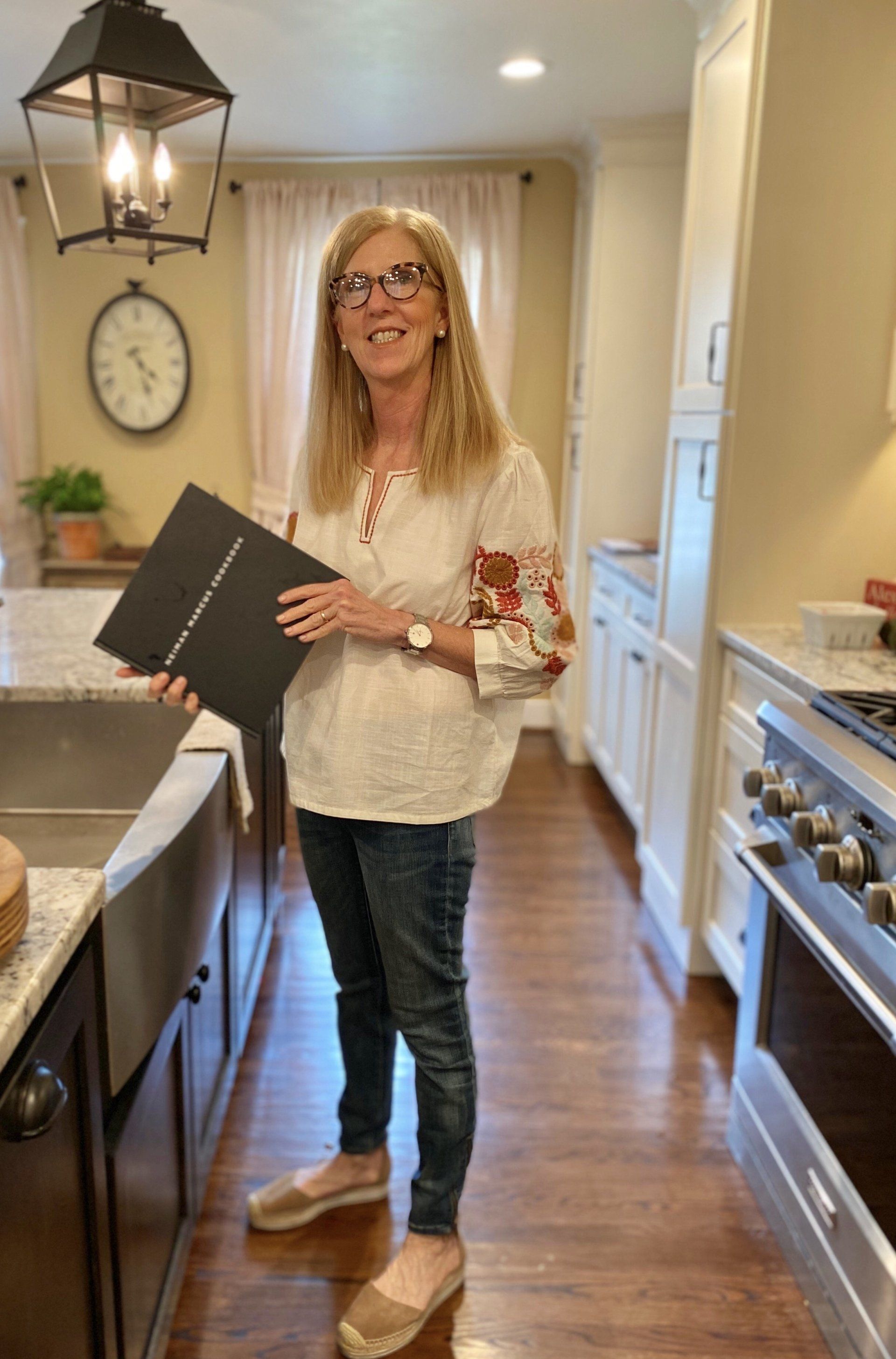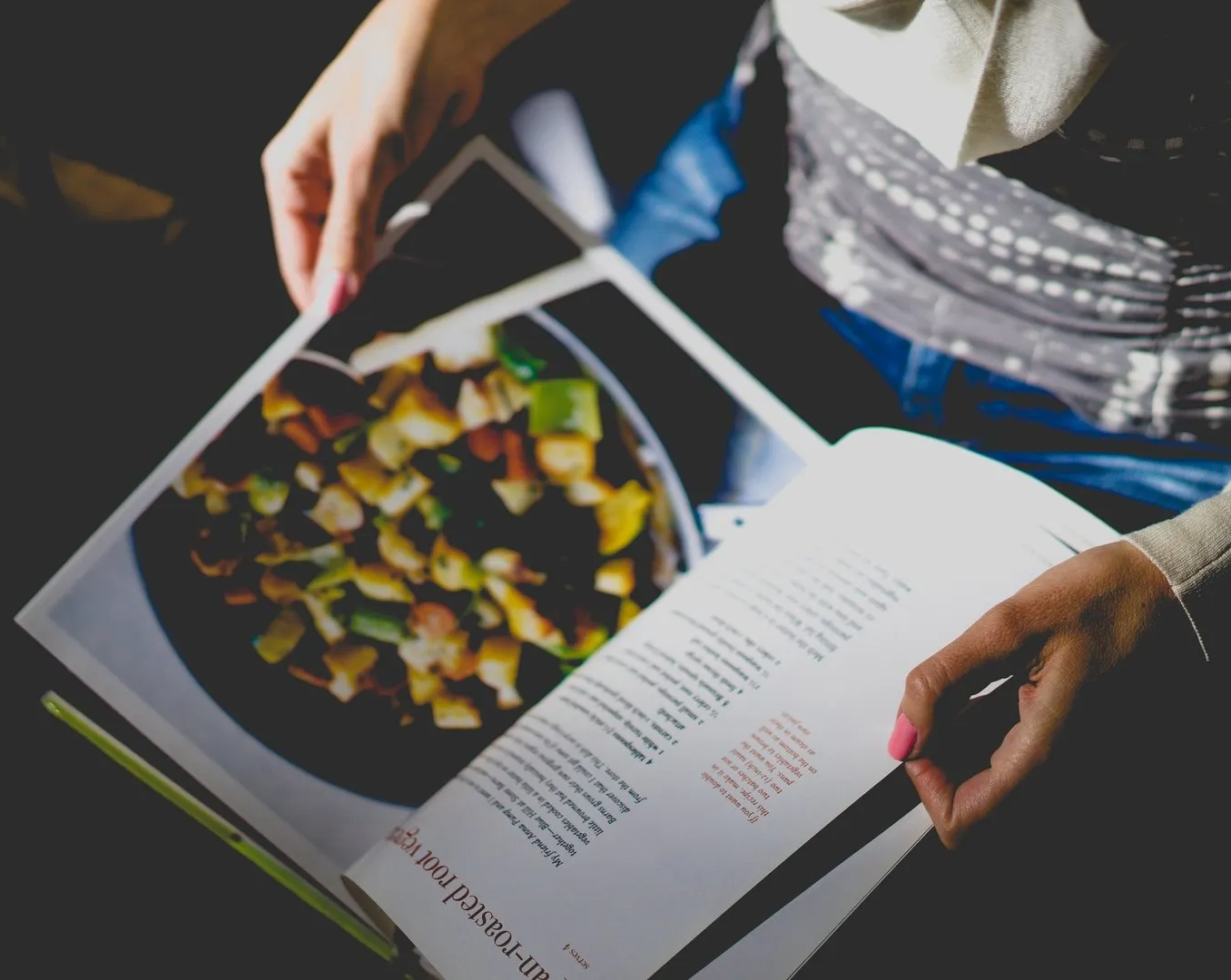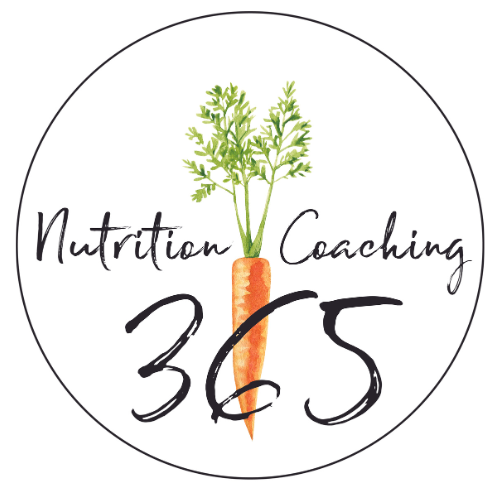Overeating After 40: Uncovering Hidden Triggers and Strategies for Control
Simple Solutions to Overcome Triggers and Regain Control.
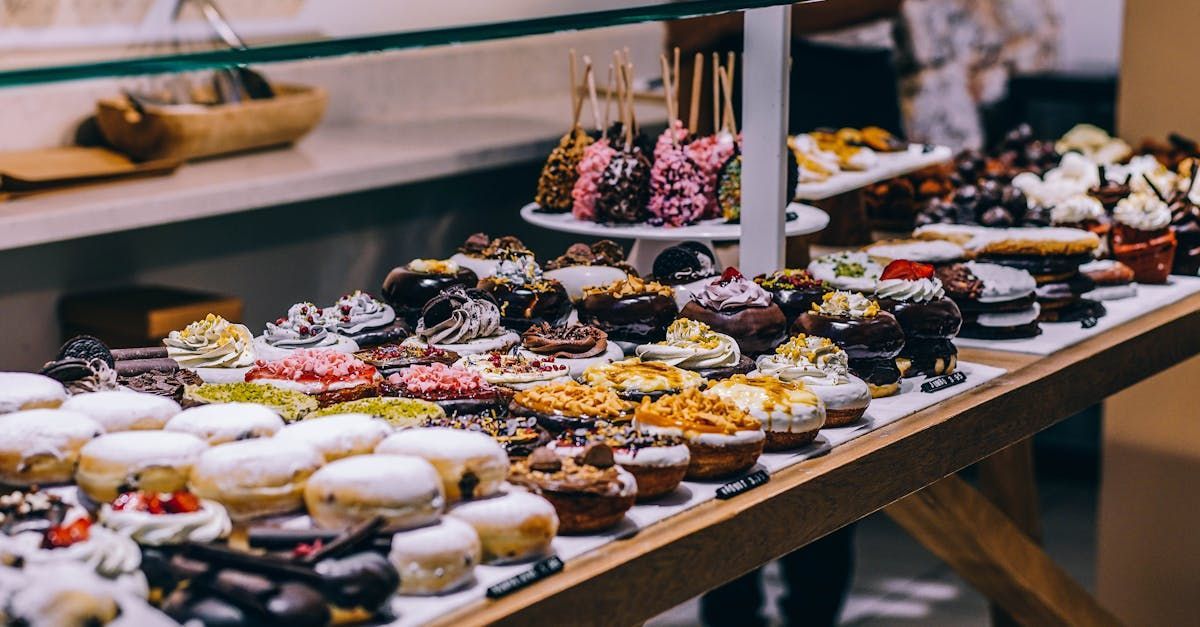
If you’re over 40 and find yourself stuck in a frustrating cycle of overeating, I want you to know: you’re not alone, and it’s not your fault. You’ve tried diets, promised yourself “just one bite,” and maybe even felt like you were doing everything right—yet the cravings keep coming back.
Here’s the truth: overeating isn’t just about food or willpower. It’s driven by hidden triggers—emotional, hormonal, and even neurological—that we often overlook. As someone who has coached countless women through this journey (and personally struggled with it myself), I’m here to help you uncover what’s really going on and, most importantly, how to take back control.
1. The Restriction-Binge Trap:
Why Overly Restrictive Diets Backfire
Have you ever sworn off bread or cut your calories down to almost nothing, only to find yourself face-first in a bag of chips days later? It’s not a lack of willpower—it’s your body rebelling against deprivation.
When you restrict food too much, your body responds by ramping up hunger hormones like ghrelin and lowering fullness hormones like leptin. This isn’t a “starvation mode” myth—it’s a biological survival mechanism. Your body thinks it’s in crisis and drives you to seek out calorie-dense foods.
What You Can Do:
- Ditch Fad Diets: Instead of extreme restrictions, focus on balanced meals with lean protein, fiber, and healthy fats.
- Eat Regularly: Don’t skip meals. Regular eating keeps hunger hormones in check and prevents bingeing.
2. Mental Restriction:
The Forbidden Fruit Effect
Let’s talk about food rules. You label chocolate or chips as “bad,” so you avoid them like the plague. But then one stressful day, you cave—and it feels like you’ve lost control. This “forbidden fruit” effect is powerful.
Studies show that mentally restricting certain foods increases cravings, making it harder to stop once you start. When we finally “allow” ourselves to eat these foods, our brain interprets it as a last chance, leading to overeating.
What You Can Do:
- Give Yourself Permission: Allow all foods in moderation. When nothing’s off-limits, food loses its power over you.
- Practice the 80/20 Rule: Nourish your body with healthy foods 80% of the time, and enjoy indulgent treats guilt-free 20% of the time.
3. Emotional Eating:
When Food Feels Like a Friend
How often do you reach for food to cope with stress, boredom, or sadness? Emotional eating is one of the most common triggers for overeating, especially in women over 40 who are juggling life’s many demands.
Food provides a quick dopamine hit, temporarily numbing uncomfortable emotions. While this is a natural response, it often leads to a vicious cycle of guilt and more emotional eating.
What You Can Do:
- Identify Your Triggers: Keep a journal to track what emotions or situations lead to overeating.
- Build a Comfort Toolkit: Replace food with healthier coping mechanisms like taking a walk, practicing deep breathing, or calling a friend.
4. Trauma and Overeating:
Filling Emotional Voids
Trauma—whether from childhood or a significant life event—can profoundly impact your relationship with food. For many, overeating becomes a way to self-soothe or fill an emotional void when past wounds remain unresolved.
The Journal of Traumatic Stress highlights a strong link between unresolved trauma and disordered eating, emphasizing how trauma survivors often use food to regulate emotions.
What You Can Do:
- Seek Professional Help: A trauma-informed therapist can guide you through the healing process.
- Practice Mindful Eating: Slow down during meals, savor each bite, and notice how your body feels. This can help you distinguish emotional hunger from physical hunger.
5. ADHD and Overeating:
Seeking Stimulation
If you struggle with impulsive snacking or constant grazing, ADHD might be a hidden factor. Many women are diagnosed later in life, and the dopamine-seeking nature of ADHD can lead to overeating. Food provides a quick burst of pleasure, helping to regulate an under-stimulated brain.
Research shows that individuals with ADHD are more prone to binge eating and impulsive food choices due to lower dopamine levels.
What You Can Do:
- Explore a Diagnosis: If you suspect ADHD, talk to your healthcare provider about an evaluation.
- Create Structure: Plan meals and snacks at regular intervals to reduce impulsive eating.
6. Hormonal Changes:
How Menopause Affects Eating
Hormonal shifts during perimenopause and menopause can wreak havoc on your appetite and cravings. Declining estrogen levels not only slow your metabolism but also increase your tendency to crave sugary, high-fat foods.
A lack of sleep due to night sweats or insomnia further disrupts hunger-regulating hormones like ghrelin and leptin, leading to overeating.
What You Can Do:
- Prioritize Sleep Hygiene: Create a relaxing bedtime routine and aim for 7–8 hours of quality sleep.
- Balance Your Plate: Include protein, healthy fats, and fiber to stabilize blood sugar and reduce cravings.
7. Boredom and Mindless Eating:
The “I’m Not Even Hungry” Trap
Ever find yourself eating just because you’re bored or need something to do? This type of eating is more about filling time than satisfying hunger.
When boredom strikes, the brain craves stimulation, and food becomes the easiest way to meet that need. The problem? It’s often done mindlessly, leading to overeating without even enjoying the food.
What You Can Do:
- Distract Yourself: Create a list of quick, engaging activities—like journaling, walking, or organizing a small space—to turn to when boredom strikes.
- Practice Mindful Eating: Sit down for meals without distractions and truly savor your food.
8. Processed Foods:
The Addiction Trap
Processed foods are engineered to keep you coming back for more. Loaded with sugar, salt, and fat, they override your body’s natural hunger signals and make it easy to overeat.
These hyper-palatable foods not only lack nutrients but also trick your brain into thinking you’re still hungry, even after eating a large portion.
What You Can Do:
- Choose Whole Foods: Build your meals around nutrient-dense options like lean proteins, vegetables, and whole grains.
- Read Labels: Avoid foods with long ingredient lists and added sugars.
Breaking the Cycle:
A Compassionate Approach
Overeating after 40 isn’t about willpower—it’s about understanding and addressing the triggers that drive it. From hormonal shifts to emotional eating and unresolved trauma, these challenges are real, but they’re not insurmountable.
Remember, progress starts with small, consistent steps. Be kind to yourself and know that change is possible.
If you’re ready to break free from the frustrating cycle of overeating, I’m here to guide you every step of the way. Let’s work together to uncover your triggers and create a personalized plan for lasting change.
Subscribe to my weekly newsletter for expert tips, proven strategies, and the support you need to take control and transform your relationship with food.
YOU ARE CAPABLE OF LIVING YOUR HEALTHIEST & HAPPIEST LIFE.
If you’re looking to create healthy habits to gain more energy, improve your sleep + shed a few pounds, you’ve landed in the right place.
Recent Posts
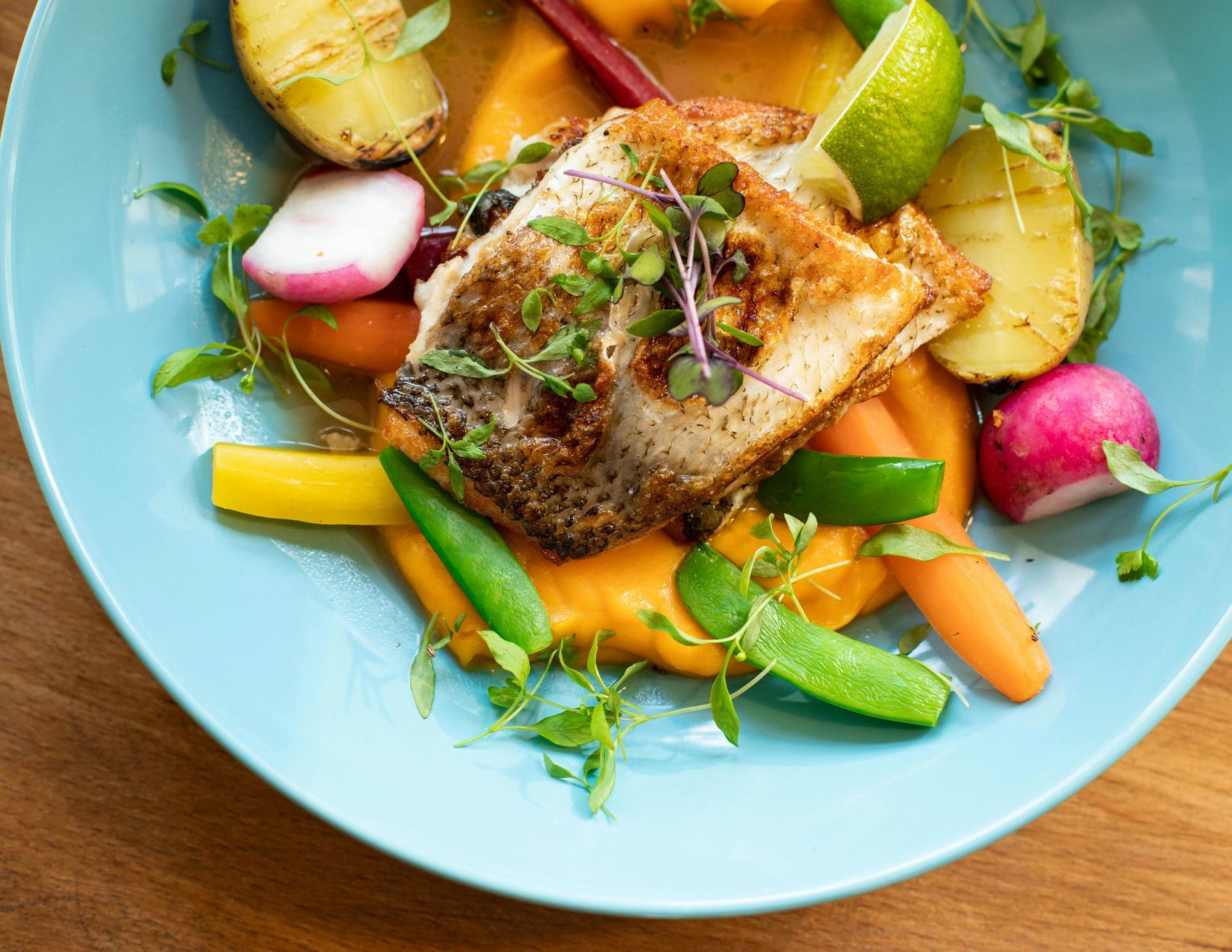
Meet Emily
I love encouraging + inspiring others to reach their healthiest lives through food, fitness + gratitude. As a holistic nutritionist + the founder of Thrivyest, I am passionate about creating habits to help you to live longer + thrive. To thrive in body, mind + soul through personalized, simple + practical steps ensuring you gain more energy, clarity + confidence! Let's connect!
